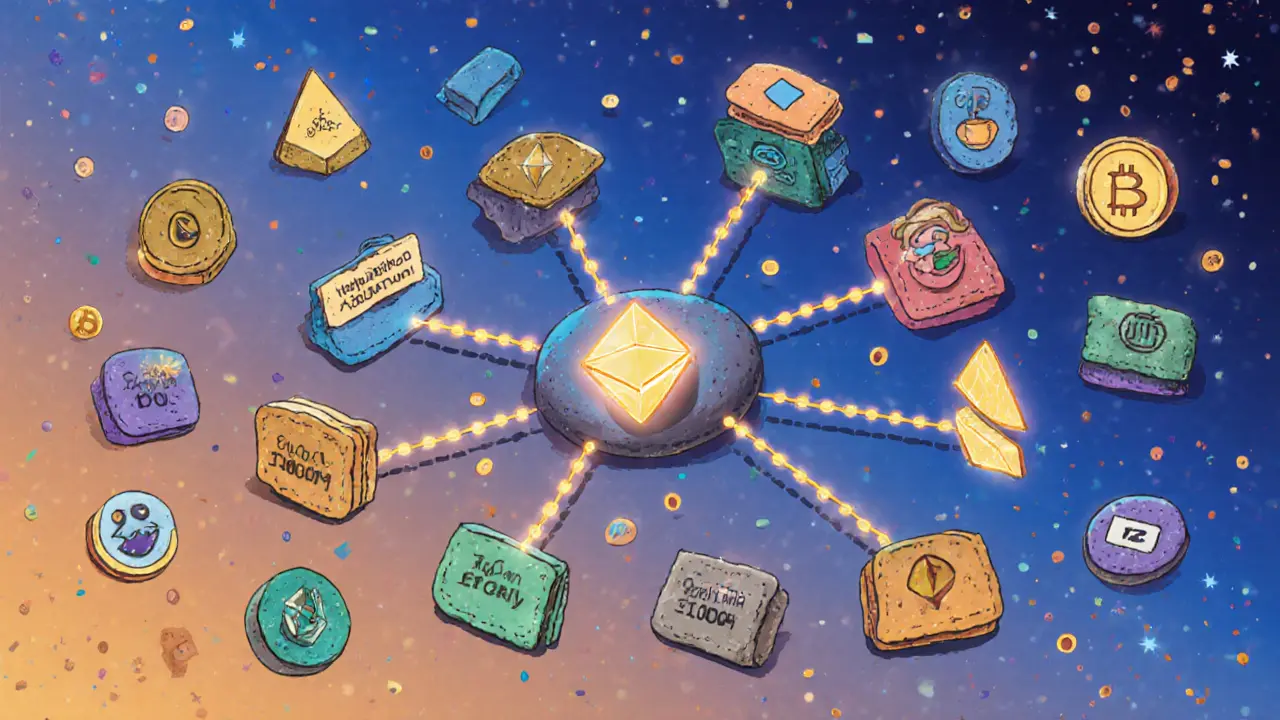Active Addresses in Crypto: What They Reveal About Network Health and Real Usage
When you hear someone say a crypto project is "growing," ask: active addresses, the number of unique wallets sending or receiving transactions on a blockchain within a given time. Also known as unique transactional wallets, it's one of the few metrics that can't be faked with fake volume or bots. If a token’s price is rising but its active addresses are flat or dropping, you’re not seeing real demand—you’re seeing speculation. Real adoption means real people using the network, not just traders flipping tokens on exchanges.
Think of active addresses like foot traffic in a store. High foot traffic doesn’t guarantee sales, but zero foot traffic means the store is closed. That’s why projects like TON and Polkadot show up in posts here—when STON.fi v2 or StellaSwap v3 get real usage, their active addresses climb. Meanwhile, projects like SkullSwap or Levana Protocol have near-zero active addresses, and their trading volume? Often just wash trading. The numbers don’t lie.
Active addresses also expose regulatory pressure. When Angola banned crypto mining, its active addresses didn’t just drop—they collapsed. Governments seizing assets, like the U.S. building a $17 billion Bitcoin reserve, don’t just affect prices—they change who’s on the network. Privacy coins like Monero and Zcash see different patterns because their users value anonymity, not speculation. You can’t track their wallets, but you can see if those wallets are still moving coins.
On-chain tools like MVRV Z-Score and liquidity pool data matter, but they’re all built on top of active addresses. If no one’s using it, the smart contract doesn’t matter. If no one’s sending transactions, the oracle feeds are useless. Even yield farming and NFT tickets rely on real users—otherwise, it’s just code sitting idle. That’s why posts here dig into exchanges like Blockfinex or NovaEx: their real test isn’t leverage or zero-slippage promises—it’s whether actual people are logging in and trading.
Active addresses don’t care about marketing. They don’t care if a project has a whitepaper, a Discord with 50,000 members, or a celebrity endorsement. They only care if someone clicked "send" and the transaction went through. That’s why you’ll find warnings about fake airdrops like CHIHUA or SUNI—they lure in wallets, but those wallets never stick around. Real networks grow from consistent, organic usage. Not from hype.
So when you look at the posts below, you’re not just reading reviews of exchanges or coins. You’re seeing how active addresses tell the real story behind every project. Some are thriving. Some are ghost towns. And some? They’re just pretending to be alive.
Active Addresses and Network Activity: What They Really Tell You About Blockchain Health
Active addresses reveal real blockchain usage by counting unique wallets involved in transactions. Learn how to interpret DAA trends, avoid common pitfalls like airdrop farming, and combine this metric with others like TVL and fees for accurate network analysis.
